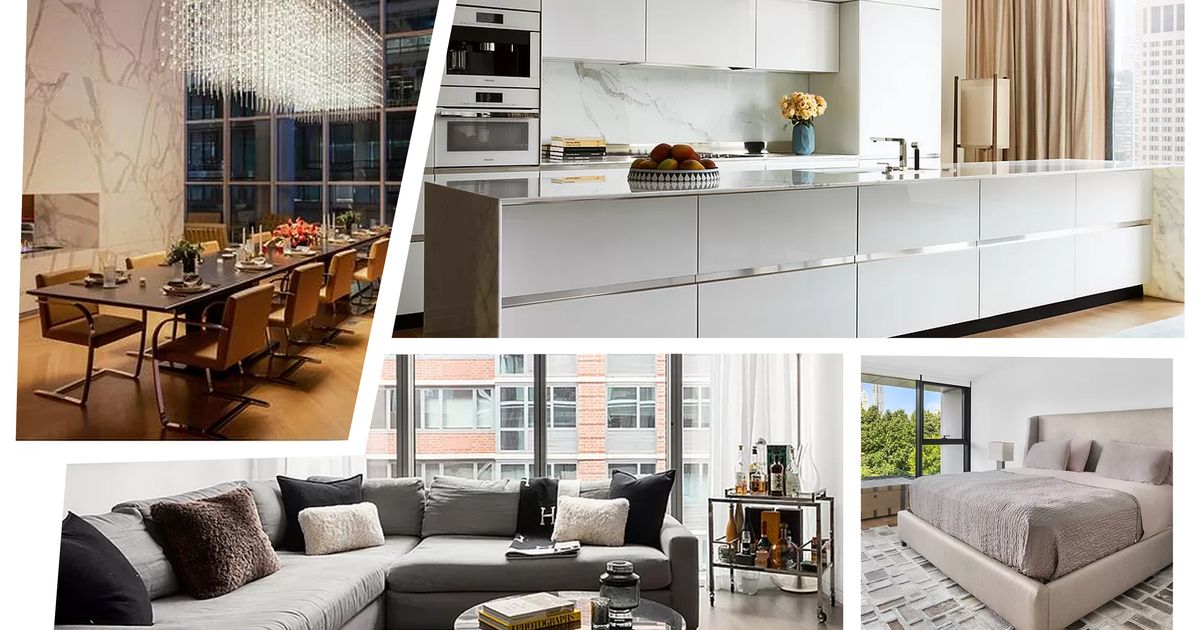Our homes are more than just shelters; they’re sanctuaries, creative hubs, and reflections of our personalities. As the year unfolds, several key trends are transforming how we design, utilize, and experience our living spaces. From embracing technology for convenience to prioritizing sustainability and mental well-being, these innovations are shaping the future of the home.
1. Smart Homes Get Smarter (and More Secure):
The smart home revolution continues to gain momentum. Voice-activated assistants like Google Assistant and Amazon Alexa are becoming ubiquitous, controlling everything from lights and thermostats to security systems and entertainment. This year, we’ll see even deeper integration of smart devices. Appliances will learn your routines and preferences, automatically adjusting settings for optimal comfort and efficiency. Security systems will become more sophisticated, utilizing facial recognition and AI for enhanced peace of mind. However, with increased connectivity comes the question of data security. Look for advancements in data encryption and user control to ensure your smart home remains a safe haven.
2. Embracing Biophilic Design:
The human connection to nature is undeniable. Biophilic design, which integrates natural elements into our surroundings, is gaining traction. This trend goes beyond potted plants; it incorporates natural light, organic shapes, and textures into the home’s architecture and design. Living walls, water features, and natural materials like wood, stone, and bamboo are becoming popular choices. Biophilic design has been shown to reduce stress, improve mood, and even enhance cognitive function – making it a win-win for both aesthetics and well-being.
3. Sustainable Living at Home:
Sustainability is no longer a niche concern; it’s a driving force in home design and renovation. Eco-conscious homeowners are opting for energy-efficient appliances, LED lighting, and water-saving fixtures. Building materials made from recycled content or sustainably sourced wood are gaining popularity. Additionally, homeowners are investing in solar panels and geothermal heating/cooling systems to reduce their reliance on traditional energy sources. These efforts can significantly reduce a home’s carbon footprint and create a healthier living environment.
4. Multifunctional Spaces:
With rising housing costs and smaller living spaces becoming the norm, maximizing functionality is key. Multifunctional furniture that serves multiple purposes is a popular choice. Think Murphy beds that fold away, ottomans with hidden storage compartments, and expandable dining tables. Open floor plans continue to be popular, allowing for flexible use of space. Additionally, homeowners are transforming unused areas like basements, attics, and patios into dedicated home offices, workout rooms, or guest spaces.
5. Redefining the Kitchen: More Than Just Cooking
The kitchen is no longer just a space for preparing meals. It’s increasingly becoming the heart of the home, a place for gathering, entertaining, and socializing. Open floor plans that seamlessly connect the kitchen to the living area are a popular design choice. Kitchens are being equipped with high-tech appliances like smart refrigerators and built-in coffee makers to enhance convenience. Homeowners are also prioritizing storage solutions that keep the space clutter-free, creating a sleek and inviting atmosphere.
6. Prioritizing Mental Wellness:
Mental well-being is taking center stage in home design. To create a calming and restorative environment, homeowners are incorporating elements that promote relaxation and stress reduction. This includes incorporating natural light, creating dedicated meditation or yoga spaces, and using color palettes that evoke feelings of tranquility. Additionally, features like noise-canceling windows and blackout curtains can further enhance the feeling of peace and serenity within the home.
7. Personalization Takes Center Stage:
Gone are the days of cookie-cutter homes. Today’s homeowners are personalizing their spaces to reflect their unique personalities and lifestyles. Bold accent walls, statement lighting, and custom artwork are popular ways to create a space that feels truly personal. Additionally, homeowners are embracing DIY projects and upcycling furniture to inject their unique style and experiences into their homes.
8. Outdoor Living Gets an Upgrade:
With an increased focus on outdoor spaces, our backyards are becoming extensions of our living areas. Patios are being transformed into outdoor living rooms complete with comfortable seating, fire pits, and even outdoor kitchens. Landscaping with low-maintenance plants and incorporating water features like fountains or ponds create a tranquil oasis. As the lines between indoors and outdoors blur, our homes become havens for connection with nature.
9. The Rise of “Home as a Service”:
A new trend emerging in the housing market is the concept of “Home as a Service” (HaaS). HaaS offers flexible living arrangements where residents pay a monthly fee for a fully furnished and equipped apartment or home (including utilities, internet, and sometimes even housekeeping). This model caters to young professionals, digital nomads, and those seeking a more flexible and hassle-free living arrangement.
The Future of Home
These trends offer a glimpse into the ever-evolving landscape of the home. As technology advances, sustainability becomes a priority, and our understanding of well-being deepens, the way we design and utilize our living spaces will continue to transform. The future of the home points towards a focus on functionality, personalization, and creating spaces that nurture our physical and mental well-being. Whether it’s embracing smart home technology for convenience, incorporating biophilic design elements for a connection with nature, or prioritizing sustainability for a healthier planet, these trends highlight the growing importance of creating homes that truly reflect our values and aspirations.


